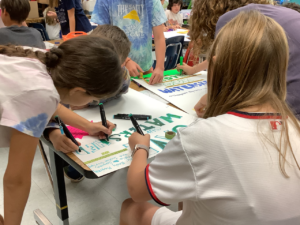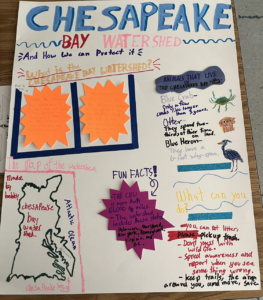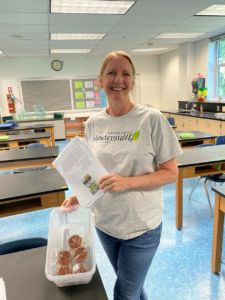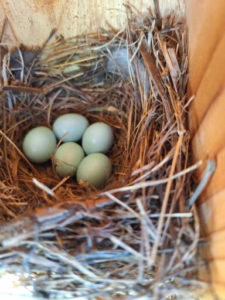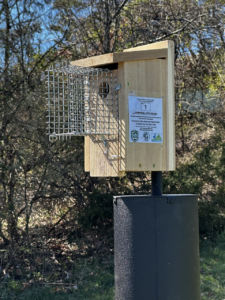2024, Baltimore, MD, USA
Middle School students at Crossroads school had a goal to restore the oyster populations in the Inner Harbour of Baltimore and around the Crossroads School. With the help of the Chesapeake Bay Foundation, a group of ten students built 10 oyster cages to implement into the canal next to their campus. In September of 2024 they will receive their spat on shell, and they will be able to fully implement their project. By May they will have grown into adulthood and transplanted to a nearby oyster reef! The project will continue to be used each year, leaving a legacy of taking an active role in the protection of life in the water.
SDG: 13: Climate Action, 14: Life Below Water
Targets: 13.1, 14.1


